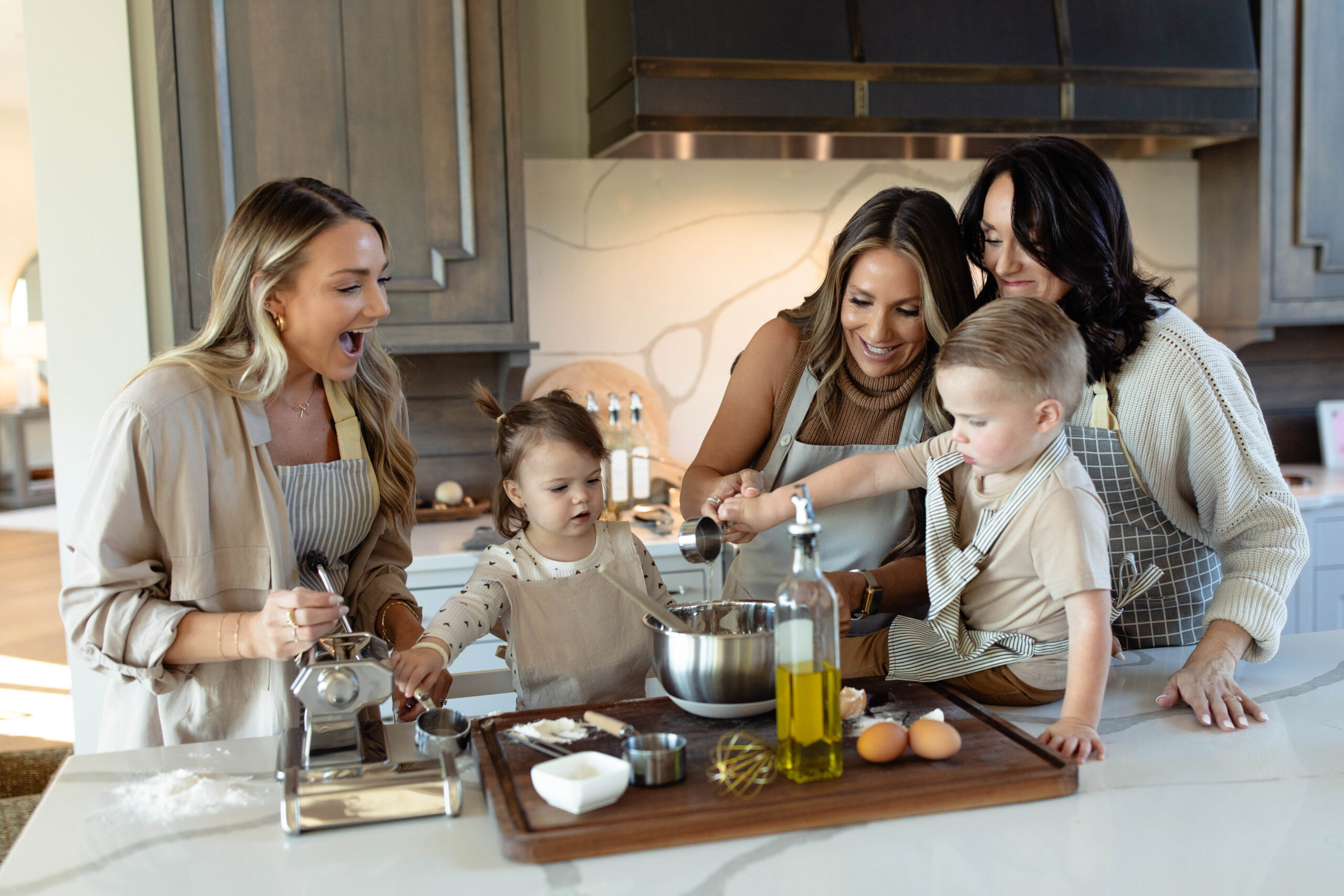
“Preparation clears a pathway for success.” — Ron Kaufman
Since I began using a journal planner, every twelve weeks feels like the start of a new year for me. I set new goals and determine the new habits I would like to implement to support them. AND I assess how I feel about the last twelve weeks.
Although this is exciting and motivating, it can also highlight areas I didn’t stick to so well. Most of the habits I want to incorporate into my life are not that difficult, so NOT making them happen is frustrating.
Since I began incorporating planning and journaling into my daily routine years ago, I’ve found how effective it has been in supporting my ability to consistently succeed in creating these new habits. As you can imagine…this put a laser focus on how IMPORTANT it was for me to FIRST build the habit of daily journaling and planning.
I am excited to share three ideas that made this foundational habit of planning and journaling easy, mindless, and something I look forward to each day. One day soon, I want to list all the tiny habits that are now second nature for me because of the support, planning and journaling has given me. But for now…be sure to continue reading below. I think you’ll be surprised how excited you will be to get started on these three tips!
Idea #1 - Determine Your Core Places
Have you ever really thought about where you spend most of your time? Whether you work from home or have an office that you head off to each day, you likely have a hub that serves as your’ desk.’ Maybe it’s your kitchen table? I spend a lot of time at my desk when planning and journaling. I also love to nest myself into our family room comfy chair. Lastly, I find myself drawn to journal in bed from time to time. These are my ‘core places.’ I use them for journaling, writing, working & Bible study.
Core places are physical areas where you spend most of your time doing your most important things. It’s where you plant yourself when things need to be done.
Take a moment and determine where your core places are. When you journal, where is that? Are you at a desk or the kitchen table when you’re planning? Do you have a little space on your closet floor that you use to get alone and think? Write your top three core places before moving on to idea number two.
Idea #2 - Design Your Core Places To Support Who You Want To Be
You likely spend 80% of your time in the places you’ve determined above. Take some time to ensure that these spaces support who you want to be. Design your environment.
Your core places need to feel inviting to you and make reaching your goals easier. Start by brainstorming ideas that will help you with your new habit goals such as “daily planing out your intentions, reading more, keeping a prayer journal, etc.” Focus on what you want to achieve or make happen over the next 12 weeks and use that to answer, ‘what do I want to design my environment for?
Ask yourself:
* “What makes it easier to do what I want to do in each of these locations?”
*”What makes it easy to journal when I’ve jumped into bed?”
*”What makes spending time in prayer, Bible study, and meditation easier when I am in my comfy living room chair?”
*”What makes it easy to focus when I am at my desk?”
Design your environment accordingly, and give the items you need a forever home.
Idea # 3 - Set Up a Life Management Tote for Mobility
There are some items I like to have with me wherever I am. My journal planner, for one. I’ve carried my bare journal with me wherever I go for years, along with my favorite pen tucked into its trusty loop. It served me well.
Over the past few months, I have been diving into the aesthetic planning world. I’ve avoided it for some time because I will always be a minimalist when it comes to design, and often the designs overwhelm me. However, I am drawn to the organized way many in the planner communities set up their tasks & to-dos. This has led me down the path of simple stickers, markers, highlighters, and rulers. That’s where I am right now, and I don’t want to be slowed down by running back to my desk to grab any of these items. That’s why I set up what I call my life management tote. Now all my favorites are available at each of my ‘core places’ AND when I head off to the coffee shop for a short work session.
Selecting the Perfect Tote for Life Planner
Any bag will do when setting up a life management tote. I haven’t found a specific tote/planner bag with both the style and organization structure I like. The one I am using now is the Dreamer Bag from Horacio Printing (find here). It is very simple, light, and unstructured. I wanted to be able to carry my journal planner to church for notes and have my hands free when it was time to hold Palmer (my granddaughter). Recently I added a structured insert that I am a little obsessed with — find the one I love here. All my tools are organized and handy, no matter where I am. AND I love being able to leave the insert behind when I still want my journal planner, but I won’t need the extras.



PREPARED FOR SUCCESS
With journaling & planning, as with anything really, Ron Kaufman said it best “Preparation clears a pathway for success.” When you’ve determined your core places and designed them in a way that invites you to linger, you’re preparing for success in journaling and planning. When you journal and plan consistently, you’re supporting your ability to succeed in creating other new habits.
Since we are a mobile society, we won’t always be found in the same space at the same time tomorrow. Creating a tote to keep your most important journaling and planning items with you will ensure that you keep up with your most important goals.
Share below your top three core places and some ideas of how you plan to design these spaces as you prepare for success for the next 12 weeks.








